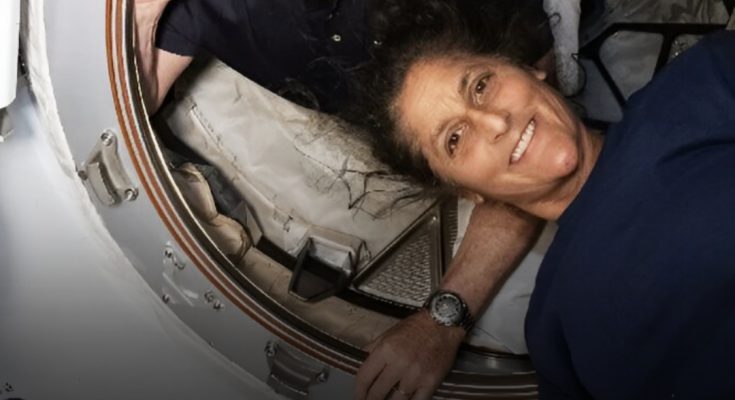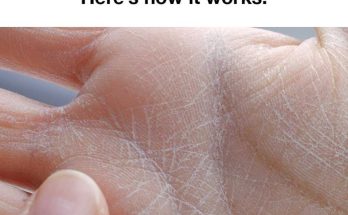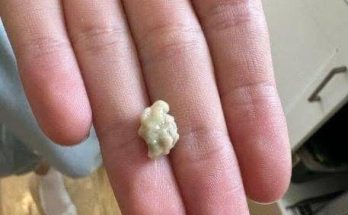Two astronauts find themselves stranded in the vast expanse of space after their spacecraft returns to Earth unmanned. Faced with the daunting prospect of 80+ days alone, the question arises: how will they survive?
NASA has made the bold call to return Boeing’s Starliner to Earth – without astronauts Butch Wilmore and Suni Williams on board. This decision is all part of the bigger plan.

Barry Butch Wilmore and Sunita Suni Williams, respond to questions during a media briefing In March 2024 | Source: Getty Images
With safety at the core of NASA’s mission, the agency wants to gather even more valuable testing data while avoiding unnecessary risk to the crew. Wilmore and Williams will remain on the International Space Station. The two have been busy since June conducting station research, maintenance, and performing tests on Starliner’s systems.

A screenshot of Barry Butch Wilmore and Sunita Suni Williams taken from a video posted on July 10, 2024 | Source: YouTube/@CBSNews
The duo is part of the Expedition 71/72 crew and will continue to keep things running smoothly on the station through February 2025. Their return to Earth won’t be with Starliner, though. Instead, they’ll hop aboard a Dragon spacecraft as part of NASA’s SpaceX Crew-9 mission, joined by two fellow astronauts.

A screenshot of Barry Butch Wilmore and Sunita Suni Williams taken from a video posted on July 10, 2024 | Source: YouTube/@CBSNews
Starliner, on the other hand, will autonomously glide back to Earth, making a controlled re-entry and landing in early September. Bill Nelson, NASA’s Administrator, summed it up perfectly, “Spaceflight is risky, even at its safest and most routine. A test flight, by nature, is neither safe, nor routine.”

A screenshot of Barry Butch Wilmore and Sunita Suni Williams taken from a video posted on July 10, 2024 | Source: YouTube/@CBSNews
Nelson added that the space agency’s decision to keep Wilmore and Williams aboard the International Space Station and bring Boeing’s Starliner home uncrewed is the result of their commitment to safety. He concluded with, “I’m grateful to both the NASA and Boeing teams for their incredible and detailed work.”

A screenshot of Barry Butch Wilmore and Sunita Suni Williams taken from a video posted on July 10, 2024 | Source: YouTube/@CBSNews
While Starliner will make its journey solo, Wilmore and Williams will continue making giant leaps aboard the ISS, knowing their ride home is ready and waiting.

Barry Butch Wilmore and Sunita Suni Williams, respond to questions during a media briefing In March 2024 | Source: Getty Images
Back in June, what began as a routine day for astronauts Wilmore and Williams aboard the Starliner spacecraft quickly took an unexpected turn. After their usual morning exercise and organizing cargo inside the Permanent Multipurpose Module, things changed drastically.
This occurred when a satellite unexpectedly broke apart near the International Space Station (ISS). Around 9 p.m. EDT, NASA instructed all astronauts to take shelter in their spacecraft due to the potential threat of debris. Wilmore and Williams swiftly activated the Safe Haven procedures aboard Starliner.

Barry Butch Wilmore and Sunita Suni Williams, respond to questions during a media briefing In March 2024 | Source: Getty Images
They prepared for a possible undocking if the situation escalated. They sealed the hatch just before the debris made its closest approach. Fortunately, the danger passed without incident.
“Starliner’s Safe Haven worked exceptionally well and as envisioned for this case,” said Ed Van Cise, the Starliner flight director who coordinated with the astronauts during the event.

Barry Butch Wilmore and Sunita Suni Williams, respond to questions during a media briefing In March 2024 | Source: Getty Images
Mission Control closely tracked the debris, and after an hour, Wilmore and Williams were given the all-clear to exit Starliner and resume their duties – in this case, heading off to bed. Starliner was fully operational outside of its docked mode for about three hours during the incident.
The astronauts had previously conducted two Safe Haven drills inside Starliner as part of their Crew Flight Test (CFT) objectives. However, this real-life scenario provided additional data that will be crucial for Starliner’s certification and future missions.

A photo of Sunita Williams in space posted on August 24, 2024 | Source: X/NASA
At the time, Starliner remained on standby, ready to bring the crew back to Earth in the event of an emergency. Aside from the unexpected excitement, Wilmore and Williams continue to benefit from extra time in zero gravity, allowing them to learn more about Starliner’s performance in space.
Meanwhile, they also assisted their fellow astronauts Tracy Dyson and Mike Barratt in preparing for a spacewalk. The spacewalk was cut short due to a water leak in Dyson’s spacesuit cooling system, but luckily, no one was in danger.

A photo of Sunita Williams in space posted on August 24, 2024 | Source: X/NASA
Initially, all nine astronauts aboard the ISS were busy conducting advanced microgravity research. They performed maintenance, as well as inspecting spacesuits. Wilmore and Williams ended one of their days working in the Harmony module. They fixed plumbing equipment, including replacing the pump for the station’s main restroom.

A photo of Butch Wilmore in space posted on August 24, 2024 | Source: X/NASA
At the time, the Starliner crew continued working closely with flight controllers to power up the spacecraft. They also updated the software, and charged cameras, and tablet batteries. In addition to their hands-on work aboard the ISS, Wilmore and Williams helped gather essential data to support longer Starliner missions in the future.

Sunita Suni Williams, respond to questions during a media briefing In March 2024 | Source: Getty Images
About a month ago, the two astronauts shared an upbeat update from the ISS. Despite their return to Earth being delayed, they expressed how much they were enjoying their extended stay in space.
“We’re having a great time here on the ISS,” Williams said. “It feels like coming back home. It feels good to float around.” Despite the uncertainty surrounding their return, their enthusiasm for life in orbit was clear



